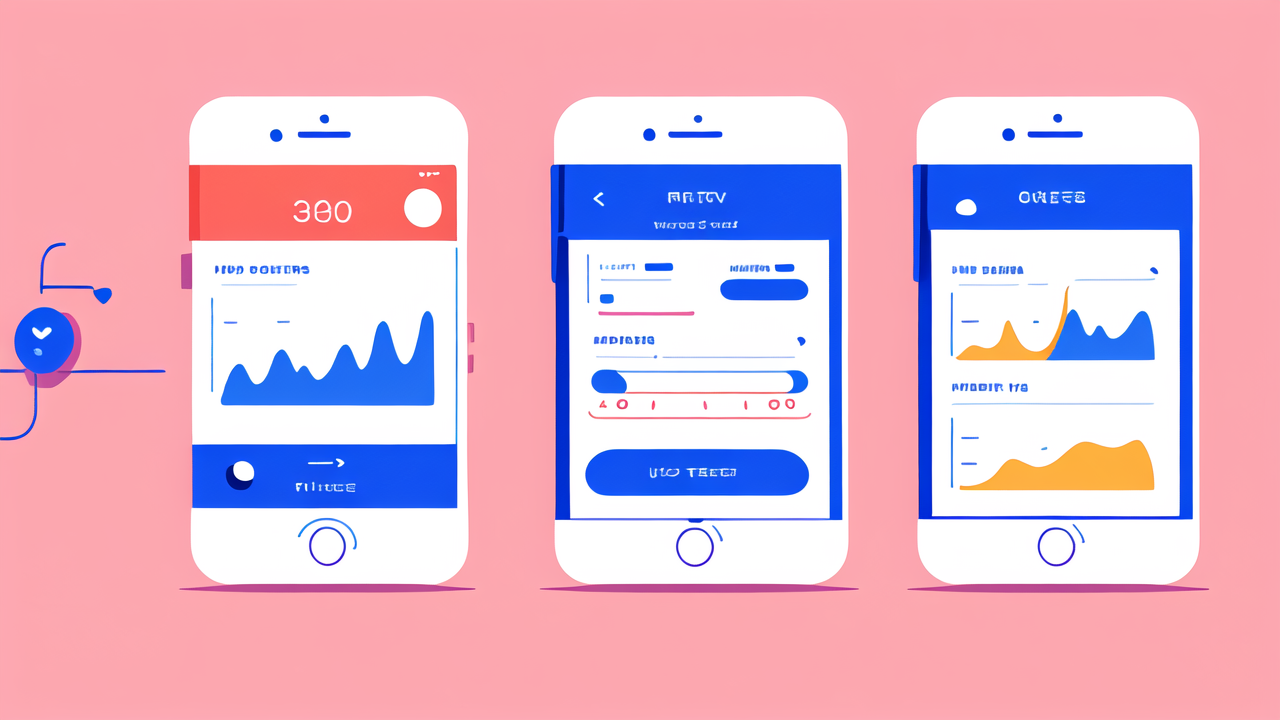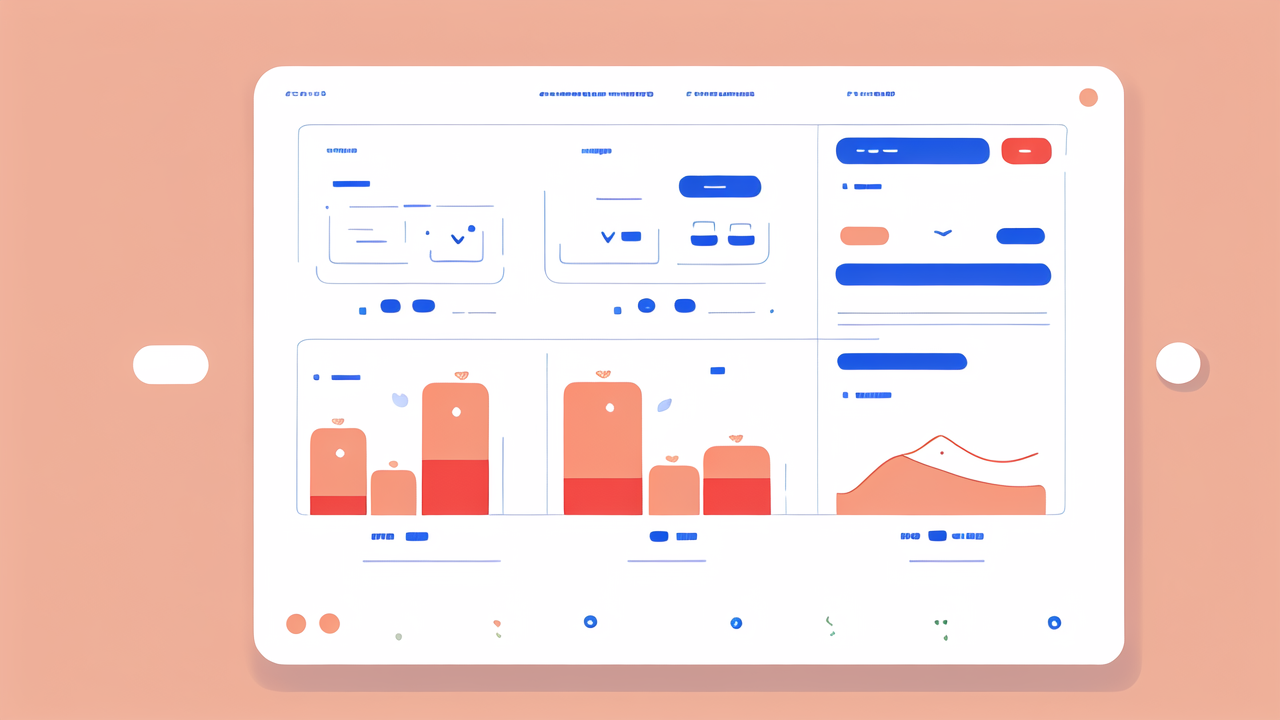Introduction to Health Monitoring Smartwatches
The Importance of Health Monitoring
Health monitoring has become crucial in our fast-paced world. It helps us stay aware of our well-being. Smartwatches make this task easier and more accessible. They track vital signs and daily activities. This data can spot health issues early. It also motivates us to make better lifestyle choices. Regular monitoring can lead to improved overall health. It can reduce healthcare costs in the long run. For many, these devices are now an essential part of their health routine.

Key Features of Health Monitoring Smartwatches
Modern smartwatches offer a range of health monitoring features. Here are some key ones:
- Heart rate monitoring
- Sleep tracking
- Step counting
- Calorie burn estimation
- Stress level monitoring
- Blood oxygen level measurement
- ECG capabilities (in some models)
- Menstrual cycle tracking
- Hydration reminders
These features provide a comprehensive view of one's health. They work together to give users actionable insights. Some watches also offer guided workouts and meditation sessions. The data collected can be shared with healthcare providers. This aids in more informed medical decisions.
Analyzing Fila and Apex in the Health Monitoring Market
Comparing Fila and Apex's Market Position
Fila and Apex are both strong contenders in the health monitoring smartwatch market. Fila, known for its sportswear, has leveraged its brand to enter this space. Apex, a tech-focused company, has made waves with its innovative features. Both brands target health-conscious consumers. However, their approaches differ slightly. Fila focuses on sports and fitness enthusiasts. Apex caters to a broader health-minded audience. In terms of market share, Apex has gained ground quickly. Fila relies on its established brand name to compete. Both offer competitive pricing, making them accessible to many consumers.

Technological Innovations in Health Monitoring Devices
Both Fila and Apex have invested heavily in technological innovations. Fila's latest models boast advanced heart rate sensors. These provide more accurate readings during intense workouts. Apex has focused on sleep tracking technology. Their AI-driven insights help users improve sleep quality. Both brands have introduced ECG capabilities in premium models. This feature can detect irregular heart rhythms. Fila has edge in waterproofing, making it ideal for swimmers. Apex leads in battery life, with some models lasting up to two weeks. Both continue to improve their companion apps. These apps offer detailed analysis and personalized health recommendations.
Customer-Centric Approaches to Health Monitoring
Fila and Apex both prioritize user experience in their health monitoring features. Fila's interface is sports-oriented, with easy-to-read stats during workouts. Apex focuses on daily health metrics, presenting data in a more lifestyle-oriented manner. Both offer customizable alerts for health goals. Fila provides more sports-specific tracking options. Apex excels in general health monitoring and stress management features. Customer support is strong for both brands. They offer online tutorials and responsive helplines. Both companies regularly update their software based on user feedback. This ensures their devices stay relevant and useful to customers.
Conclusion: The Future of Health Monitoring in the United States
Trends Shaping the Health Monitoring Industry
The health monitoring industry is evolving rapidly. We're seeing a shift towards more personalized health insights. AI and machine learning are playing bigger roles in data analysis. There's a growing focus on mental health tracking. This includes stress levels and mood monitoring. Integration with other smart home devices is becoming common. This creates a more holistic health ecosystem. Wearable ECG devices are becoming more affordable and accessible. There's also a trend towards longer battery life and more durable designs. Privacy and data security are becoming key selling points. As technology advances, we can expect even more precise and varied health metrics.

The Role of Health Monitoring in Preventative Care
Health monitoring devices are becoming vital tools in preventative care. They provide early warning signs of potential health issues. This allows for timely intervention and lifestyle changes. Regular monitoring can motivate users to maintain healthier habits. It can also help manage chronic conditions more effectively. Healthcare providers are starting to use this data in treatment plans. Insurance companies are exploring ways to incentivize the use of these devices. In the future, health monitoring could significantly reduce healthcare costs. It may also lead to more personalized and proactive healthcare approaches.
Predictions for the Health Monitoring Market Growth
The health monitoring market is poised for significant growth. Experts predict a steady increase in demand for these devices. Aging populations and rising health awareness are key drivers. The integration of 5G technology will enhance real-time health monitoring. We may see more specialized devices for specific health conditions. The line between medical and consumer devices may blur further. Partnerships between tech companies and healthcare providers will likely increase. This could lead to more comprehensive health solutions. As prices decrease, adoption rates are expected to rise. The global pandemic has also heightened interest in personal health monitoring. Overall, the future looks bright for health monitoring technology.




Leave a comment
This site is protected by hCaptcha and the hCaptcha Privacy Policy and Terms of Service apply.